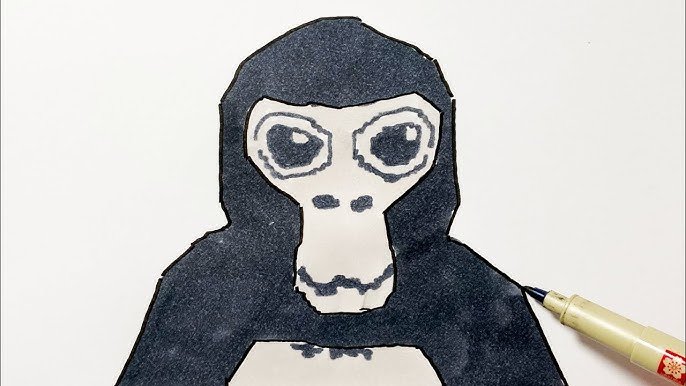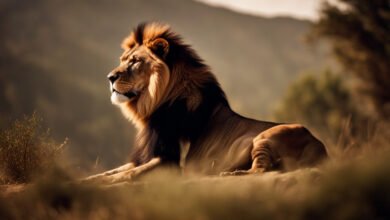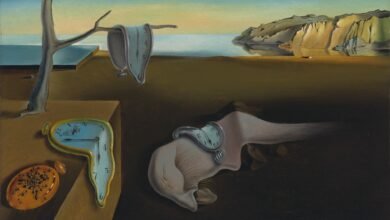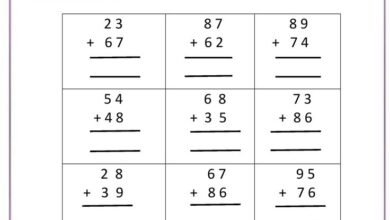Art:_Rxevoozvqs= Gtag

The concept of Art:_Rxevoozvqs= Gtag epitomizes the transformative relationship between technology and artistic expression, prompting a reevaluation of traditional paradigms. As digital innovations like artificial intelligence and immersive media become increasingly integrated into the creative process, they challenge established norms and redefine the role of the artist. This intersection not only enhances the accessibility of art but also invites a broader dialogue about the implications of these advancements on cultural narratives. What remains to be explored is how this evolution will shape the future landscape of art itself.
Origins of Art:_Rxevoozvqs= Gtag
Exploring the origins of Art:_Rxevoozvqs= Gtag reveals a complex interplay of cultural, social, and psychological factors that have shaped human expression throughout history.
Cultural influences, such as religion and community values, alongside historical context, including wars and migrations, have driven artistic evolution.
Understanding these dynamics not only enriches our appreciation of art but also underscores the freedom of expression inherent in the human experience.
Read more: Art:_Osznxd17n0= Abyss
Technological Innovations in Art
How have technological innovations transformed the landscape of art?
AI integration has revolutionized creative processes, enabling artists to explore new realms of expression.
Immersive experiences and interactive installations foster deeper connections with audiences, while virtual galleries broaden accessibility, democratizing art appreciation.
These advancements not only enhance artistic possibilities but also challenge traditional paradigms, ultimately enriching the cultural fabric of society.
Impact on Contemporary Artists
Contemporary artists are navigating a transformative landscape shaped by technological innovations that redefine creativity and engagement.
This evolution enhances artistic expression, empowering creators to explore diverse cultural influences and connect with global audiences.
As artists adapt to these changes, they harness technology not just as a tool, but as a catalyst for innovation, fostering a richer dialogue between tradition and modernity in the art world.

Future Trends in Digital Art
The future of digital art is poised to be significantly influenced by advancements in artificial intelligence and immersive technologies, which are reshaping the creative landscape.
NFT marketplaces will facilitate ownership and monetization, while virtual galleries offer unprecedented access.
Generative art will thrive, creating unique immersive experiences that captivate audiences.
These trends empower artists and collectors, fostering a liberated and innovative art ecosystem.
Read more: Art:_Pqt225s6so= Drawing Poses
Conclusion
In the ever-evolving landscape of Art:_Rxevoozvqs= Gtag, the fusion of technology and creativity acts as a vibrant tapestry, weaving together diverse threads of innovation and expression. The integration of digital tools not only redefines artistic boundaries but also invites a broader audience to partake in this transformative experience. As artists continue to navigate the complexities of the digital realm, the future promises a rich palette of possibilities, ensuring that art remains a vital conduit for cultural dialogue and exploration.





